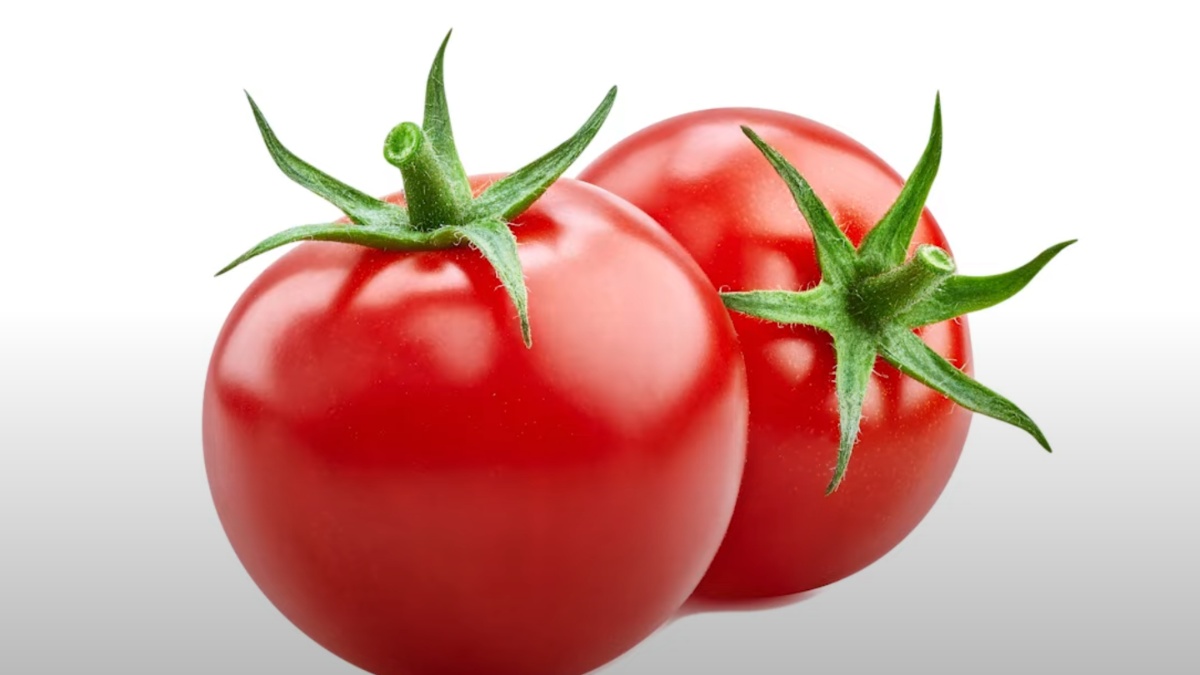Tomatoes, they’re staples of salads, hamburgers, sauces, and soup. But, although they’re so prevalent in the American diet, many don’t know why the tomato is federally designated a vegetable. Well, here’s why.
First, yes — a tomato is a fruit. The Oxford English Dictionary defines a fruit as “the edible product of a plant or tree, consisting of the seed and its envelope.” Because it has seeds, a tomato is a fruit. But, by looking at it, it appears more like a vegetable when compared to staple fruits like apples, bananas, and grapes. Also, it’s typically consumed more like a vegetable than most fruits.
So, don’t feel bad if you thought it was botanically a vegetable. It’s been a common theme in the tomato’s history, so much so that the confusion has led it to be legally defined as a vegetable in the red, white, and blue.
In 1893, the United States Supreme Court heard the case of Nix vs. Hedden. A New York-based wholesaler named John Nix imported tomatoes from the West Indies and was subjected to a 10-percent tariff. The tax was for all “vegetables in their natural state,” according to the lawsuit’s summary. But, Nix argued that a tomato was a fruit, and he shouldn’t have been charged the U.S. tariff.
In 1887, he filed a lawsuit against the New York port that collected the tariff from him to recuperate the cash. The case rose to the Supreme Court, and dictionaries were scoured to figure out exactly what a fruit was, and if a tomato should legally fall under that category.
After analyzing plant-part definitions and the world of trade and commerce, Justice Horace Gray determined the tomato should be considered a vegetable — not fruit — because of the way it was generally bought, sold, prepared, and consumed in the United States. Here’s Gray’s line of thinking:
Botanically speaking, tomatoes are the fruit of a vine, just as are cucumbers, squashes, beans, and peas. But in the common language of the people, whether sellers or consumers of provisions, all these are vegetables which are grown in kitchen gardens, and which, whether eaten cooked or raw, are, like potatoes, carrots, parsnips, turnips, beets, cauliflower, cabbage, celery, and lettuce, usually served at dinner in, with, or after the soup, fish, or meats which constitute the principal part of the repast, and not, like fruits generally, as dessert.
So, a tomato was legally coined a vegetable in the late 1880s on the federal level, and Nix had to accept parting ways with the 10 percent he lost in taxes.
Tomatoes aren’t the only fruits that are commonly misconstrued as vegetables. To name a few, peppers, cucumbers, pumpkins, eggplants, and peas are all fruits because they have seeds. But, they don’t have the complex legal history that tomatoes have endured.

